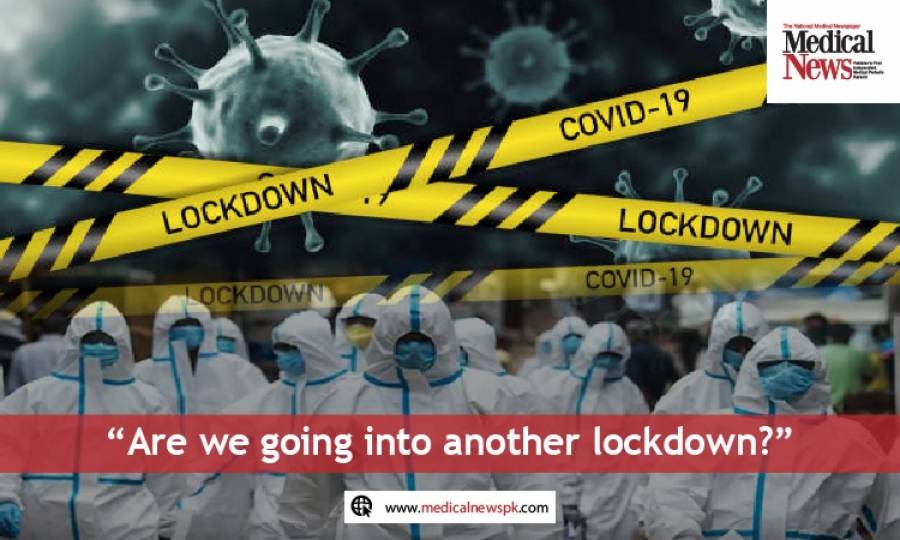Are We Going Into Another Lockdown?

Pakistan reported the first case of COVID-19 Omicron sub-variant BA.2.12.1 on May 9. According to the National Institute of Health (NIH), the first case of the sub-variant is identified via genome sequencing. Authorities haven't revealed the details and travel history of the patient.
According to the reports, the new sub-variant is responsible for increasing cases in different countries. While taking to Twitter, the NIH advised individuals to take preventive measures to avoid contracting the virus.
"NIH has detected the first case of Omicron sub-variant BA.2.12.1. This new sub-variant is causing an increasing number of cases in different countries. The best preventive measure (besides mask-wearing in crowded places) is COVID-19 vaccination. We strongly recommend getting vaccinated, and all those due for boosters must get the shots immediately." The tweet read.
Signs And Symptoms
The signs and symptoms of the new sub-variant BA.2.12.1 seem to mirror the symptoms of the Omicron virus. The reports suggest the new variant be more transmissible. Meanwhile, no evidence suggests a more severe disease or symptoms. Here are some of the symptoms reported, including
● Fever
● Cough
● Shortness of breath
● Fatigue and body aches
● Nausea, vomiting
● Diarrhoea
Another Lockdown To Come?
Scientists have warned about the ongoing situation of coronavirus and how it is complicated to predict the mutation rate or the replicative capacity of the virus.
"At some point, you just can't get nervous every time there's a new variant because there's always going to be a new variant," David Montefiori, a professor at the Human Vaccine Institute at Duke University Medical Center, previously stated.
"We've been through multiple waves of variants that mattered a lot, but we might be coming out of that because there's so much immunity built up in the population."
NCOC Dismantled
On March 31, officials announced the closure of the National Command and Operation Centre (NCOC). The body was set up in March 2020 in the wake of the COVID-19 pandemic to collect, analyse and process information, and to transfer all its functions, roles and responsibilities to the NIH.
Followed by the closure of NCOC, the government decided to lift the ban on all restrictions, and the public hasn't been following any protocols or precautionary measures ever since.
Advertisement
Trending
Popular
Aging: New study identifies key lifestyle, environmental factors ...
-
Hair loss: Discovery uncovers key stem ...
08:00 PM, 25 Feb, 2025 -
Broccoli sprout compound may help lower ...
11:31 AM, 25 Feb, 2025 -
Gas Pain vs. Heart Attack: How to tell ...
09:00 PM, 22 Feb, 2025 -
Coconut oil supplement shows promise ...
08:00 PM, 20 Feb, 2025



